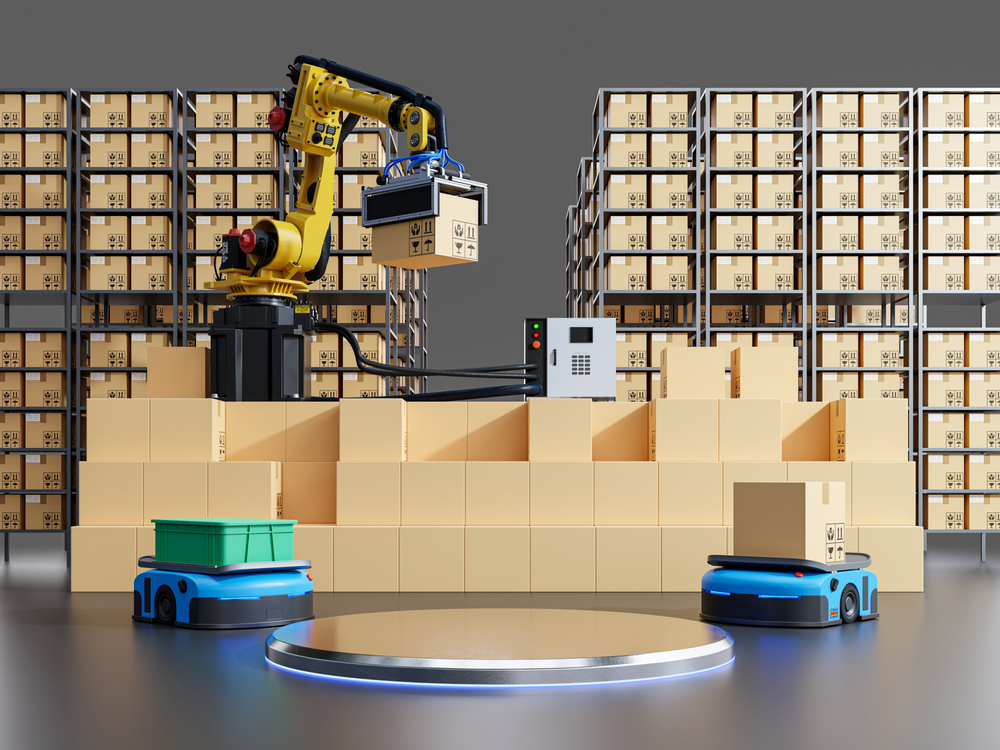Smart warehousing leverages automation and real-time data to optimize warehouse operations. According to Inbound Logistics, implementing smart warehouse technologies offers myriad benefits, including real-time inventory tracking, reduced labor costs, and improved customer service.
The global smart warehouse market is experiencing significant growth. Precedence Research reports that the market size is worth around USD 26.10 billion in 2024 and is anticipated to reach around USD 98.64 billion by 2034, growing at a solid CAGR of 14.22% over the forecast period.
Key Technologies Driving Smart Warehousing
- Internet of Things (IoT): IoT devices enable real-time monitoring of inventory, equipment, and environmental conditions, facilitating proactive decision-making.
- Artificial Intelligence (AI): AI algorithms analyze vast amounts of data to forecast demand, optimize routes, and manage inventory levels efficiently.
- Robotics and Automation: Automated Guided Vehicles (AGVs) and robotic arms handle repetitive tasks, increasing speed and reducing errors.
- Data Analytics: Advanced analytics provide insights into operational performance, helping identify areas for improvement and cost reduction.
Benefits of Smart Warehousing
- Enhanced Efficiency: Automation streamlines processes, reducing the time required for tasks such as picking, packing, and shipping.
- Improved Accuracy: Real-time tracking and AI-driven analytics minimize errors in inventory management and order fulfillment.
- Cost Reduction: By optimizing resource utilization and reducing labor costs, smart warehouses contribute to significant savings.
- Scalability: Smart warehousing systems can easily adapt to changing business needs, supporting growth and expansion.
Challenges and Considerations
While the benefits are substantial, implementing smart warehousing solutions requires careful planning and investment. Challenges include the initial cost of technology adoption, the need for employee training, and ensuring data security. However, with strategic implementation, these challenges can be mitigated, leading to long-term gains.
The Path Forward
Smart warehousing represents a significant leap forward in logistics and inventory management. By embracing these technologies, businesses can achieve greater efficiency, accuracy, and responsiveness, positioning themselves for success in a competitive market. As the industry continues to evolve, staying abreast of technological advancements will be crucial for sustained growth and customer satisfaction.
